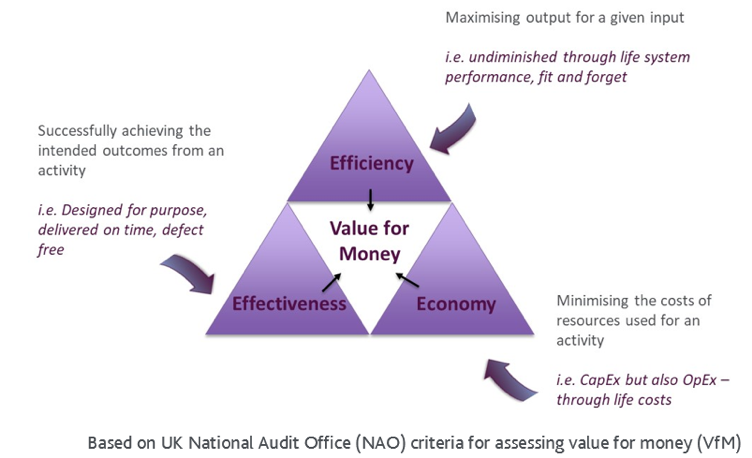Capability
SMI’s capability is founded in engineering expertise across mechanics, electro-optics, materials, and industrial disciplines. Our design work is focused on achieving manufacturing excellence and economic efficiencies for our customers. An extensive in-house testing capability provides unmatched quality assurance.
Wet and dry mate cable systems for hostile environments
Our cable systems are designed for deployment in wet, dirty and hostile environments. Sealed with our advanced thermoplastic technology they are designed for long-term installation with optimised performance and reliability.
From simple point-to-point, single patchcord connections to a series of complex distribution harnesses and bulkhead connections, we can both support infrastructure design or build to print.
Achieving the best system solution starts with a comprehension of materials engineering, the application environment and life expectations. Our resources look at these considerations and can walk you through the technical decision process.
Fit and forget solutions
SMI has strategic partnerships with a number of leading cable and connector manufacturers. Our design team will work with you to design the solution best suited to your application, which will be made to exacting industry standards by our partners. SMI will integrate cable and connectors into robust, sealed, fit-and-forget systems.
UK National Audit Office (NAO) Criteria
The UK National Audit Office (NAO) criteria for assessing the value for money (VfM) of government spending include ‘the three Es’: Economy, Efficiency and Effectiveness.
All too often, only the economy, i.e. the initial capital cost, is recognised and evaluated.
In the case of submarine cable harnesses, efficiency would encompass reliability and through life cost for maintenance and replacement.
Effectiveness would require systems to deliver the bandwidth, power and system support required by design throughout the life of the boat.
Any erosion of efficiency and effectiveness rapidly decreases overall VfM even if the economy is very strong.
The Royal Netherlands Navy is the first in the world to apply through life costing to the initial build of its new boat in the Walrus class replacement. Separation of initial capital investment and operational costs into different government funding schemes and budgets has traditionally disguised the cost of replacing failing cables, allowing poor technical selections to be made based on the initial economy but carrying a lifetime of replacement burden and repair costs which fail to deliver VfM.
Reliable performance from cable systems to deliver the full capacity of the systems they support will greatly increase their effectiveness. The appropriate radiographic inspection provides a further level of assurance at costs negligible compared to those associated with in-service failure and could be inexpensively introduced to support a service life in excess of 25 years.
